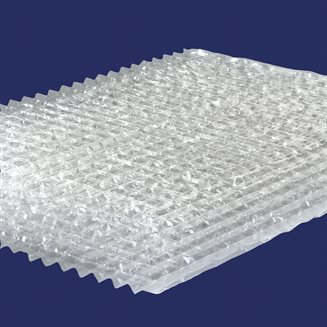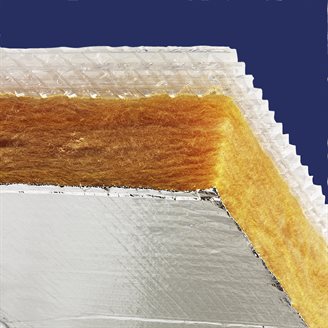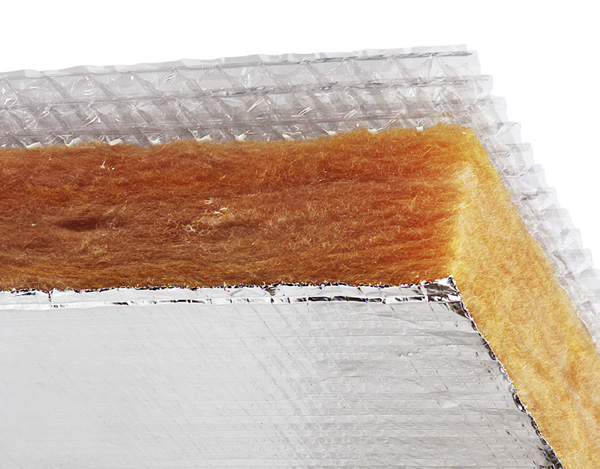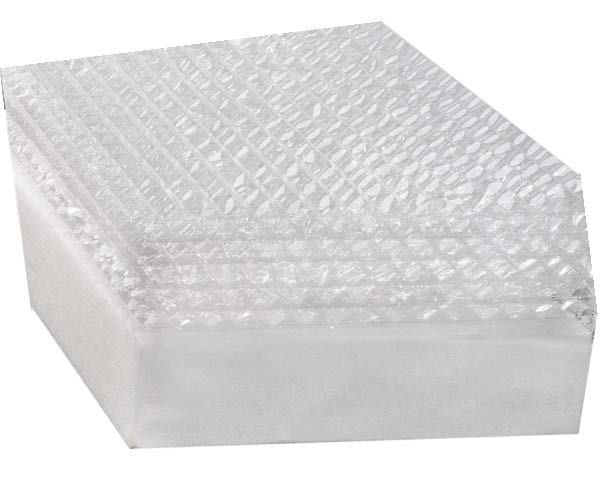Moniflex has been the material of choice among manufacturers of passenger rail coaches and trams beginning as early as in the 1930s. It is the only insulation that can be considered a true vehicle insulation; all other materials have their origins in the building industry where weight normally does not matter.
With the introduction of high-speed trains, the weight saving which is possible with Moniflex has contributed to its popularity. Add to that, the ease with which Moniflex can be worked and installed, coupled with the recyclability at the end of the life of the vehicle, Moniflex is the most economical insulation alternative.
Moniflex was developed and first patented in the 1930s and has been in constant use for over 75 years. For more than those 75 years, it has been used by the Scandinavian vehicle industry as insulation in passenger rail vehicles. Over the years it has been refined and improved upon, particularly in the area of fire resistance. Thousands of coaches throughout Europe have been built or refurbished using Moniflex as primary insulation.
Moniflex is made from the same, natural raw material as paper – cellulose. In view of present concerns about the environment and the use of natural resources, Moniflex has re-emerged as the obvious choice in insulation materials.
Moniflex as moisture barrier
By combining the non-absorbing Moniflex with another material such as glass-or mineral fibre, it is possible to ensure that the inevitable moisture which is the result of differences in inside and outside temperatures, only occurs in the Moniflex layers and is being drained of harmlessly. It also ensures that the fibre stays dry and retains its insulation properties.












